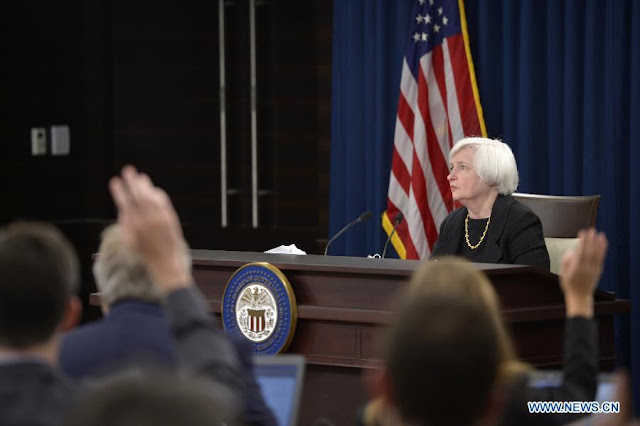KUALA LUMPUR: Malaysia is facing several long-term structural issues in its economy that needs to quickly adjust in accordance with the new realities of the global economy.
This was the conclusion of a panel discussion by representatives of three leading rating agencies – Standard & Poor’s Ratings Services (S&P), Moody’s Investors Service and Fitch Ratings – during Malaysia’s Economic Update 2015 forum on “Outside-In Perspective: Economic Outlook for Malaysia” held here.
The agencies said that while the fundamentals of the country, including the financials, were good, the country needed to address several issues that would hold it back in the long-term.
S&P’s associate director of sovereign and international public finance ratings Phua Yee Farn said that one of the issues that needed to be quickly addressed was the state of education in the country.
“As discussed earlier (in the forum) by Minister in the Prime Minister’s Department Datuk Seri Abdul Wahid Omar on the education system here, this is something that is very fundamental to improving the level of output and productivity.
“The affirmative action policy has been around for decades and we think that it will continue to be in place here. However, this will continue to cause the brain drain to other countries. The brilliant ones are paid very well and are choosing to go somewhere else,” Phua said.
He, however, also acknowledged that the Government had made some efforts to try and reverse this situation, adding, however, that it would “not be easy”.
“The education system has to go through some structural reforms before we can see the next leap to a real high-income economy,” Phua said.
Meanwhile, Fitch Ratings’ managing director and global head of sovereign and supranational ratings James McCormack said that being stuck in the “middle-income trap” was something that should be of concern to Malaysia.
“While we are all preoccupied with China and the growth picture there now, the reality is that there is a transformation going on there now from an investment-led, export-oriented economy to a consumption-led, domestic-demand economy.
“Asia, in general, has leveraged off the previous export growth model tremendously. Even if the growth rate may be lower in China, but (structurally) it is a different kind of growth that will be taking place there,” McCormack said.
“It is not one where the rest of Asia can simply feed intermediate products into an export machine that will eventually end up in Europe and the United States. China is already supplying more of these inputs domestically so that trade is actually slowly disappearing,” he added.
He noted that the economies that were more geared to the new consumption model in China were the ones that would benefit from this new economic model there.
“This, however, seems to be more evident in north Asia such as in Taiwan, Japan and South Korea than it is in South-East Asia. These countries in north Asia are heavily invested in China and have companies that are directly selling to Chinese consumers. This is an economic model that is less prevalent in South-East Asia,” he said.
“This is why I worry about Malaysia and South-East Asia being caught in this middle-income trap because the higher value-added products are in north Asia, while the lower end lies in the lower-income countries.
“Because the income levels are moving up here in Malaysia and this is where you get competition from both the top and bottom. this is what the middle income trap is about – getting squeezed in the middle,” he pointed out.
McCormack’s views were also shared by Moody’s vice-president/senior analyst of sovereign risk group Christian de Guzman, who added that Malaysia needed to attract more high-value investments.
By DANIEL KHOO The Star/Asia News Network
Related posts:
http://t.cn/RybGv7t Dialogue 09/15/2015 China-ASEAN ties http://t.cn/RyV1n6tSummer Davos Premier: China's ec...
KEVIN Morais (pix) was a pure professional, highly ethical, very hardworking and humble. He possessed no ego of any form. In his work he ...


















 Pond water overflown to houses
Pond water overflown to houses Sinkhole in front of house
Sinkhole in front of house





